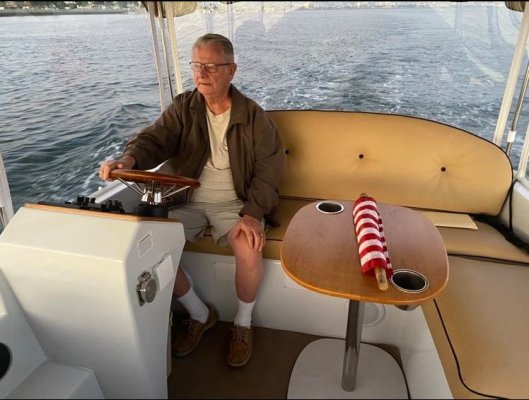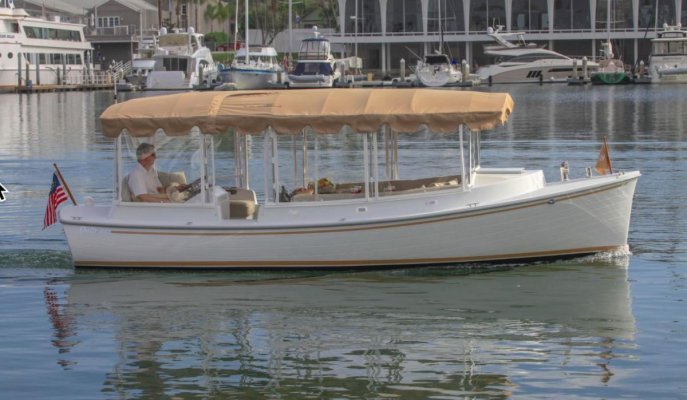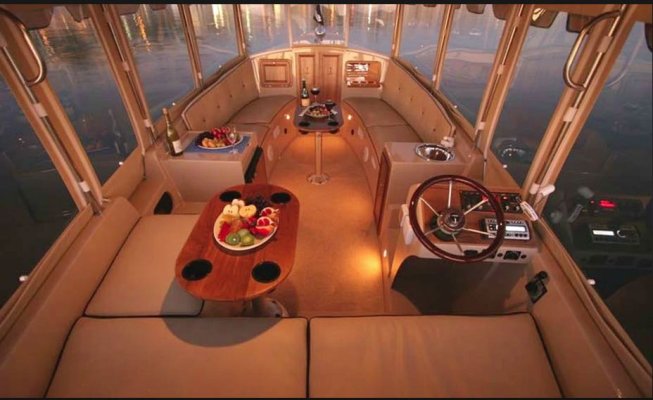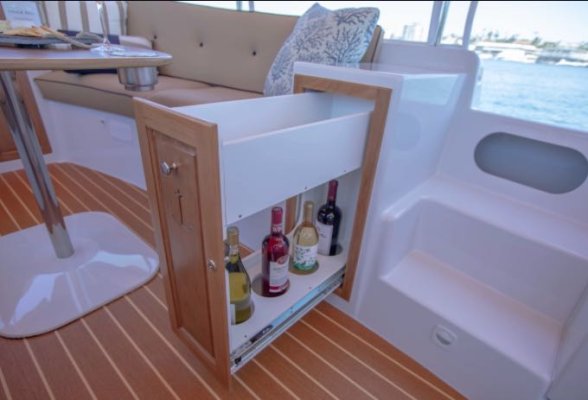- Joined
- Jan 9, 2014
- Messages
- 4,297
- Location
- USA
- Vessel Name
- N/A
- Vessel Make
- 1999 Mainship 350 Trawler
This reminds me a bit of the story of Bertha Benz and her contribution to the automobile.
https://en.wikipedia.org/wiki/Bertha_Benz
On 5 August 1888, 39-year-old Bertha Benz drove from Mannheim to Pforzheim with her sons Richard and Eugen, thirteen and fifteen years old respectively, in a Model III, without telling her husband and without permission of the authorities, thus becoming the first person to drive an automobile a significant distance.[1] Before this historic trip, motorized drives were merely very short trials, returning to the point of origin, made with assistance of mechanics. Following wagon tracks, this pioneering tour covered a one-way distance of about 106 km (66 mi).[10][11]
Although the ostensible purpose of the trip was to visit her mother, Bertha Benz had other motives — to prove to her husband, who had failed to adequately consider marketing his invention, that the automobile in which they both had heavily invested would become a financial success once it was shown to be useful to the general public; and to give her husband the confidence that his constructions had a future.
Much like what is going on with Virgin Galactic, Blue Origin, and SpaceX. Shows it's possible first, then let he world figure out what to do with it.
https://en.wikipedia.org/wiki/Bertha_Benz
On 5 August 1888, 39-year-old Bertha Benz drove from Mannheim to Pforzheim with her sons Richard and Eugen, thirteen and fifteen years old respectively, in a Model III, without telling her husband and without permission of the authorities, thus becoming the first person to drive an automobile a significant distance.[1] Before this historic trip, motorized drives were merely very short trials, returning to the point of origin, made with assistance of mechanics. Following wagon tracks, this pioneering tour covered a one-way distance of about 106 km (66 mi).[10][11]
Although the ostensible purpose of the trip was to visit her mother, Bertha Benz had other motives — to prove to her husband, who had failed to adequately consider marketing his invention, that the automobile in which they both had heavily invested would become a financial success once it was shown to be useful to the general public; and to give her husband the confidence that his constructions had a future.
Much like what is going on with Virgin Galactic, Blue Origin, and SpaceX. Shows it's possible first, then let he world figure out what to do with it.








